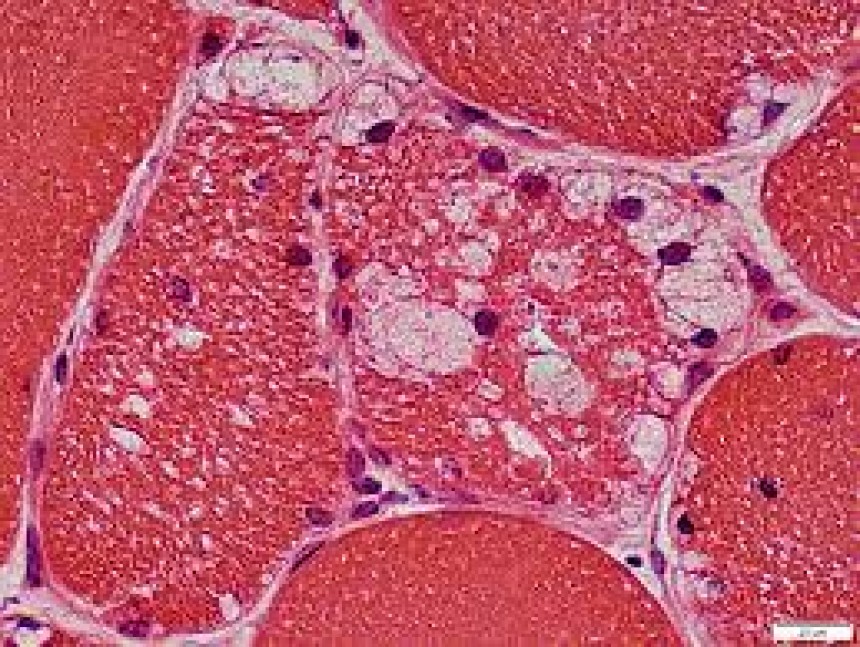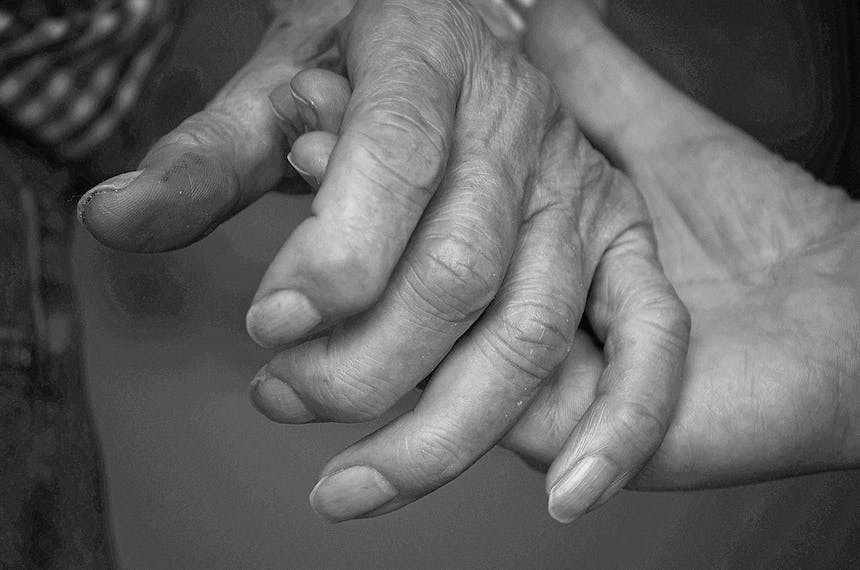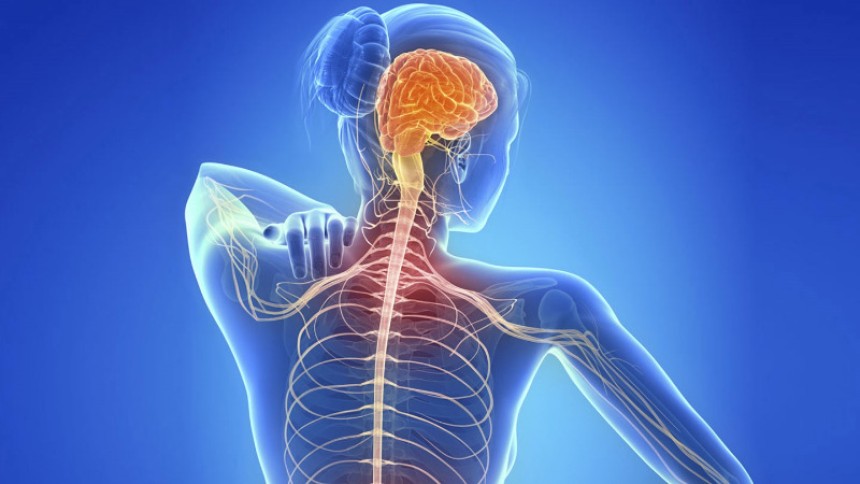
Multiple sclerosis Spasticity and Pain
Spasticity in MS, manifesting as resistance to movement or involuntary jerks, is managed with physiotherapy, exercises, and medications like baclofen and tizanidine. MS-associated pain, including trigeminal neuralgia and neuropathic pain, is treated with carbamazepine, gabapentin, pregabalin, and amitriptyline, tailored to the specific pain syndrome.
Spasticity in MS:
Spasticity affects the majority of patients with MS. Spasticity is either tonic spasticity which is characterised by resistance to rate dependent movements or phasic spasticity which manifests as involuntary jerks in the limbs at night. Spasticity leads to functional disability, quality of life impairment and could exacerbate patient’s fatigue (1)
Treatment Goals for Spasticity:
The goal of treatment is to reduce muscle tone to the degree that function is improved, while not compromising safety by abolishing all muscle tone. Non- pharmacological interventions include physiotherapy, structured exercise programs, electromagnetic therapy, transcutaneous electrical nerve stimulation and whole body vibration. (2)
Pharmacological Agents for Spasticity:
Pharmacological agents are effective to control spasticity. They include baclofen (5- 10 mg daily), tizanidine (2-4 mg twice daily, up to a maximum of 36 mg daily in divided doses), and dantrolene (25 mg daily with a possible escalation to 25 mg twice daily after 7days). (3)
Benzodiazepines for Phasic Spasticity:
Benzodiazepines (clonazepam 0.25mg daily) can be used for patients with predominant phasic spasticity, especially those with prominent night symptoms. (4)
Pain Syndromes in MS:
Pain is a common symptom in patients with MS. Several pain syndromes are associated with MS including trigeminal neuralgia (sudden, unilateral, severe, stabbing or lancinating, recurrent episodes of pain in the distribution of one or more branches of the trigeminal nerve), lhermitte sign (transient sensory sensation, usually lasting seconds, which resembles an electric shock radiating down the spine or into the limbs. It is most often elicited by flexion of the neck), “MS hug" ([Anaconda sign] a phenomenon which manifests with gripping, squeezing or pressure- like sensations in the thoracic and abdominal regions), or neuropathic pain which develops in some patients with MS and intensified by peripheral noxious stimuli, tissue damage, or nerve injury. Neurogenic pain usually manifests as burning or ice-cold dysesthesias of the feet, hands, limbs). Musculoskeletal and soft tissue pain may be caused by immobility or spasticity. (5)
Treatment for Trigeminal Neuralgia:
Trigeminal neuralgia responds to carbamazepine (100- 200 mg twice daily) or oxcarbazepine (300 mg twice daily). Also, adjunctive therapy with lamotrigine (400 mg daily), or gabapentin 100- 300mg daily might help. (6)
Treatment for Lhermitte Sign:
Lhermitte sign often resolves spontaneously without treatment. Recurrent episodes of Lhermitte sign, may respond to therapy with gabapentin (100-300mg daily), or pregabilin (50 mg twice daily). (7)
Treatment for MS Hug Phenomenon:
For MS hug phenomenon due to neuropathic pain, treatment options include amitriptyline (10- 25 mg once daily), gabapentin (100-300 mg daily), or pregabalin (50 mg twice daily). For MS hug resulting from spasticity, treatment options include baclofen (5 mg 1 to 2 times daily), tizanidine (2-4 mg twice daily). (8)
Persistent Neuropathic Pain Management:
Persistent neuropathic pain may benefit from amitriptyline (10- 25 mg once daily), gabapentin (100-300 mg daily), or pregabalin (50 mg twice daily). (8)
References
1-Tilton A, Vargus-Adams J, Delgado MR. Pharmacologic treatment of spasticity in children. Semin Pediatr Neurol. 2010;17:261–7.
2-Amatya B, Khan F, La Mantia L, et al. Non pharmacological interventions for spasticity in multiple sclerosis. Cochrane Database Syst Rev 2013; :CD009974.
3-Simpson DM, Hallett M, Ashman EJ, et al. Practice guideline update summary: Report of the Guideline Development Subcommittee of the American Academy of Neurology. Neurology 2016; 86:1818.
4-Clonazepam Orally Disintegrating Tablets [prescribing information]. Sellersville, PA: Teva Pharmaceuticals USA; November 2017.
5- Kahraman T, Özdoğar AT, Ertekin Ö, Özakbaş S. Frequency, type, distribution of pain and related factors in persons with multiple sclerosis. Mult Scler Relat Disord 2019; 28:221.
6-Birnbaum G, Iverson J. Dalfampridine may activate latent trigeminal neuralgia in patients with multiple sclerosis. Neurology 2014; 83:1610.
7- Kanchandani R, Howe JG. Lhermitte's sign in multiple sclerosis: a clinical survey and review of the literature. J Neurol Neurosurg Psychiatry 1982; 45:308.
8- Rae Grant AD: Unusual symptoms and syndromes in multiple sclerosis. Continuum (Minneap Minn) 2013; 19:992.





